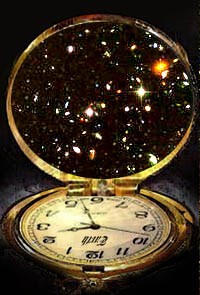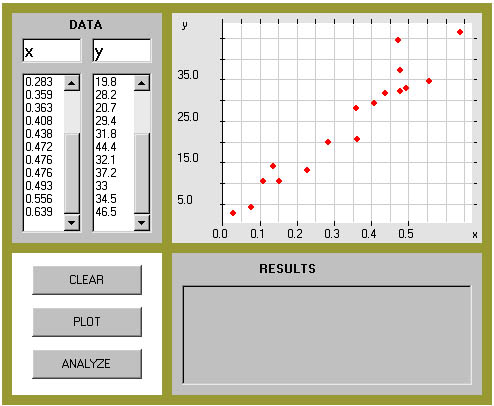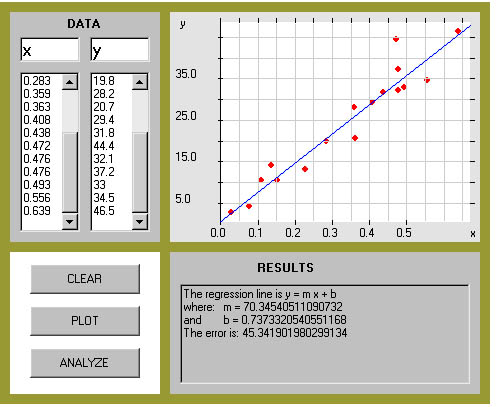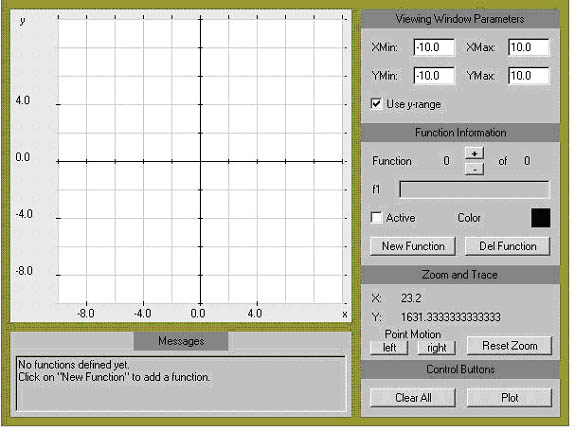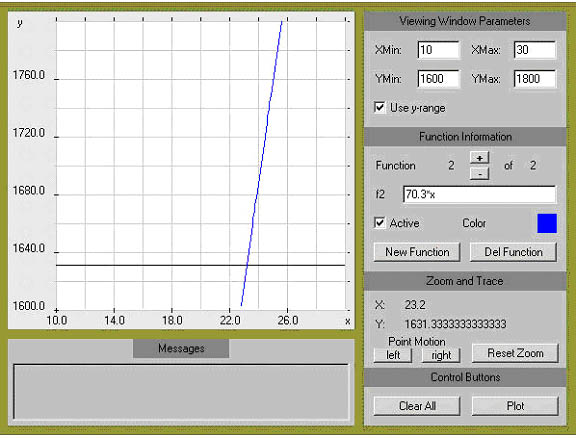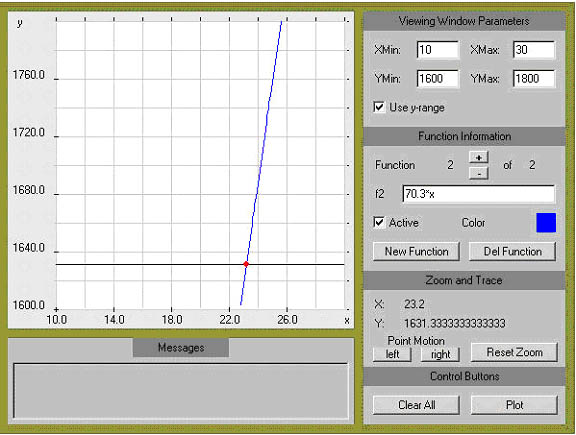Age of the Universe: Exercises
|
|
At this point, you should open a blank document in your word processor and record your answers to these questions. Copy each question into the journal and type your response below in a different color or font. Be sure to write in complete sentences and express your ideas so that others can understand. Save your work and keep this window open throughout this study so you can easily record other questions and answers. Questions for thought: 1. What do you think of when you think of the universe? 2. What do you know about the age of the universe? 3. How do you think scientists might obtain an estimate of the age of the universe? Write a brief response to these questions in your journal. |
The information that follows will be used in your exploration of the age of the universe. A list of questions at the end of the section will help this exploration.
|
Notation: Basic units
|
The objectives and assumptions of this study are listed
below. These will appear in each of the Kéyah Math Studies.
Objectives
To determine:
1. a linear model for distance of a galaxy from the earth against the
velocity of recession;
2. an estimate for the age of the universe.
Assumption
The relation between distance and velocity is linear.
| d(x103) | v(x103) |
Constructing
the Hubble Diagram redshift x velocity of light = velocity of recession of galaxy = v The numbers in the distance column give distance d of the galaxy from Earth in Megaparsecs x 103 (Mpc); the velocity is kilometer per sec x 103. So, for example, a galaxy which is 0.028 x 103 Mpc from Earth is receding at a velocity of 2.7 x 103 km/sec. Linear Models
* express velocity
as a function of distance from the earth,
* find the Hubble
constant, and
* determine how fast
the Whirlpool Galaxy is receding from us.
For this demonstration module, instructions
are provided in italics and solutions are in blue italics. |
| 0.028 | 2.7 | |
| 0.076 | 4.2 | |
| 0.108 | 10.5 | |
| 0.136 | 14.1 | |
| 0.153 | 10.5 | |
| 0.226 | 13.2 | |
| 0.283 | 19.8 | |
| 0.359 | 28.2 | |
| 0.363 | 20.7 | |
| 0.408 | 29.4 | |
| 0.438 | 31.8 | |
| 0.472 | 44.4 | |
| 0.476 | 32.1 | |
| 0.476 | 37.2 | |
| 0.493 | 33 | |
| 0.556 | 34.5 | |
| 0.639 | 46.5 |
Problem Set (Round off to three decimal
places for this work.)
The applets needed to complete
this problem are provided in the text for this Introductory module. Usually,
you will need to follow these steps. (You may choose to use your graphing
calculator to do this work-ask your instructor.)

